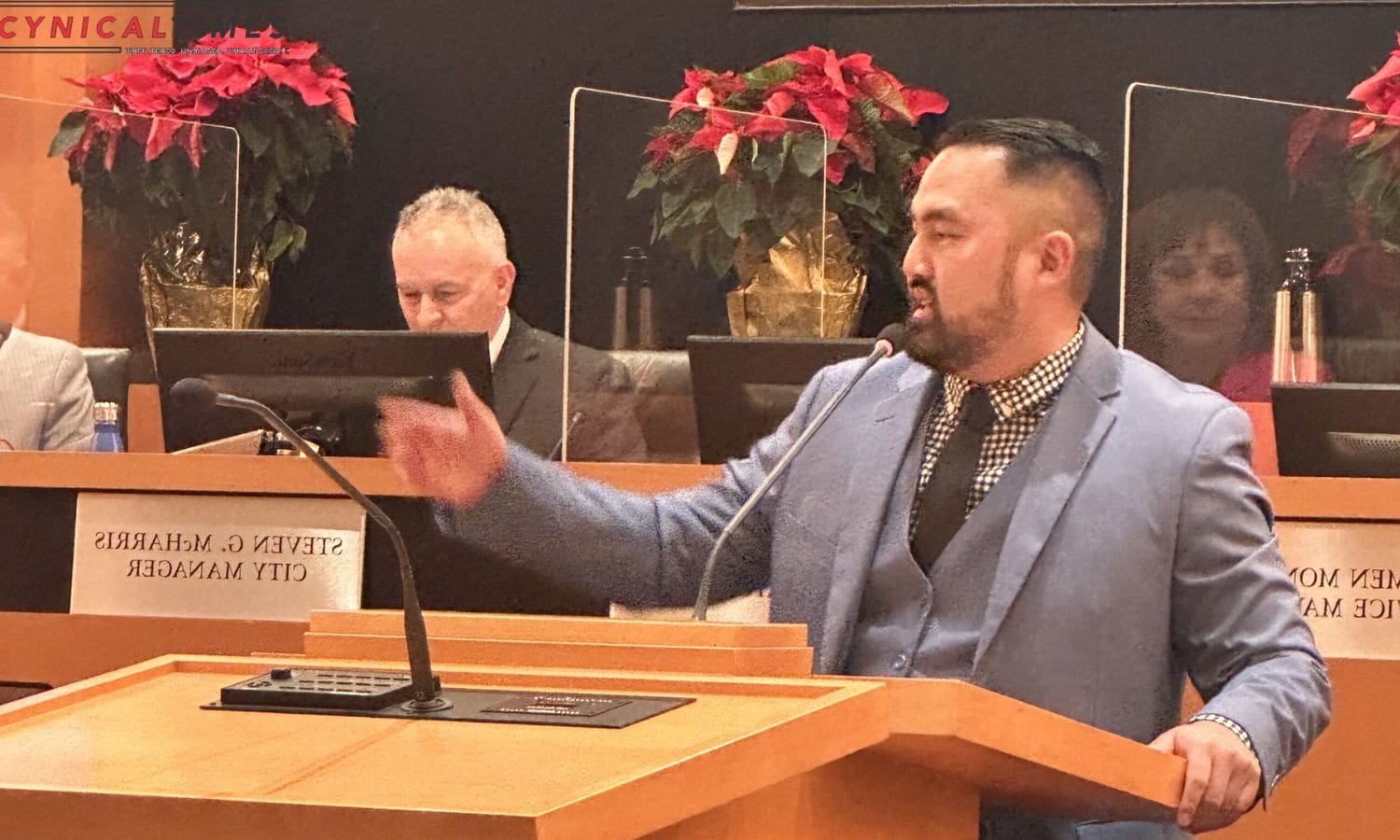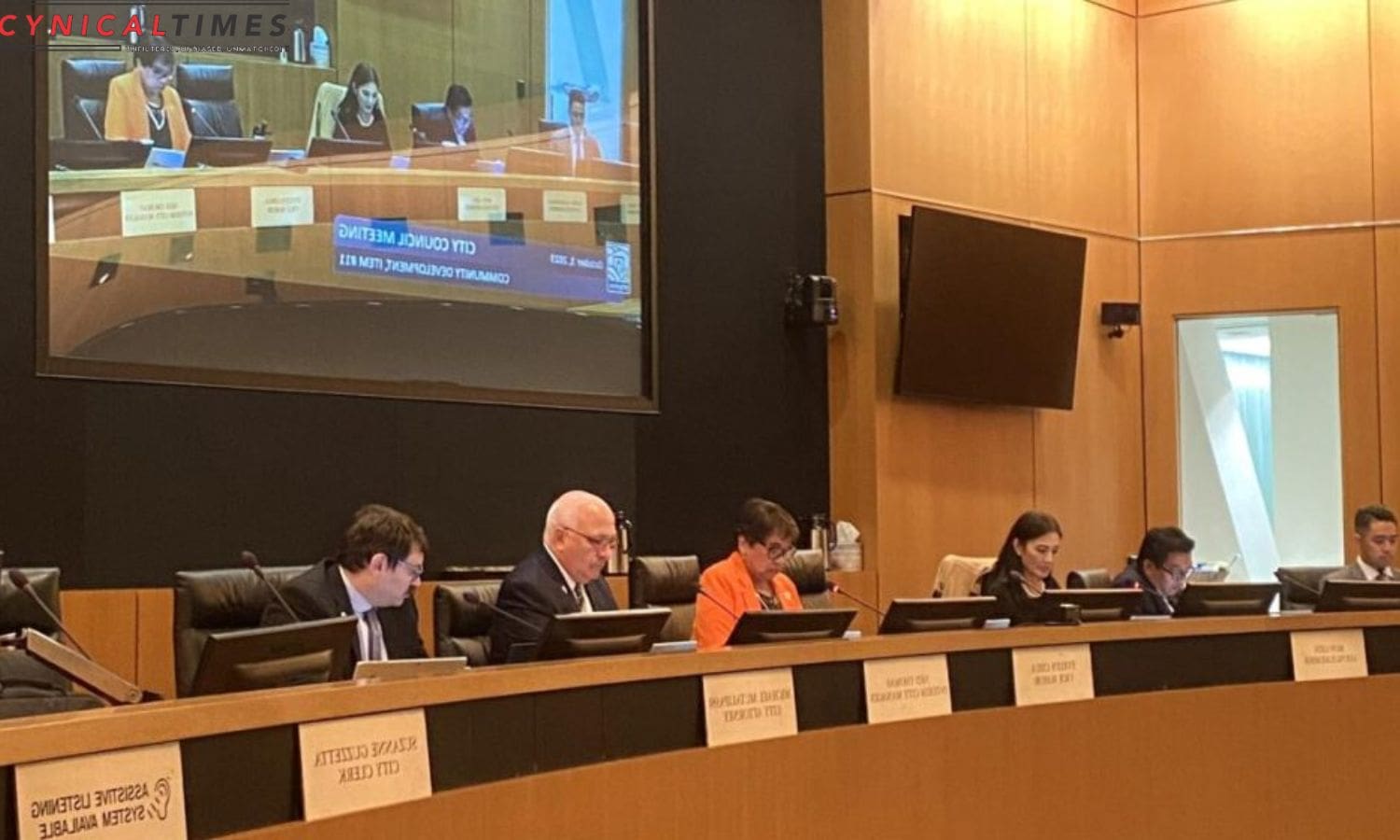Milpitas Battle for Affordable Housing : In the midst of a burgeoning battle for affordable housing in Milpitas, California, the upcoming 2024 mayoral race promises to be a pivotal moment for the city’s future. With skyrocketing living costs and a pressing need for more housing options, the candidates’ strategies for addressing these issues will be closely scrutinized.
This article explores the role of environmentally friendly policies, transportation advancements, educational infrastructure development, and rezoning strategies in the quest for affordable housing, all while examining the potential impact on the mayoral race.
Key Takeaways Of Milpitas Battle for Affordable Housing
- Milpitas has implemented environmentally friendly policies, such as banning natural gas in new constructions and mandating all-electric homes and commercial spaces, to combat climate change and promote sustainability.
- The SMART Program in Milpitas provides affordable transportation options to residents, reducing traffic congestion and promoting sustainability.
- The Innovation Campus project in Milpitas enhances educational infrastructure by providing state-of-the-art facilities and fostering business partnerships for practical training opportunities.
- The development of affordable housing, including the housing development at 1355 California Circle, aims to address rising living costs and retain teachers in the Milpitas Unified School District. Rezoning strategies are also being considered to increase housing supply and job opportunities in the city.


Environmentally Friendly Policies in New Constructions
The implementation of environmentally friendly policies in new constructions has become a key focus in Milpitas. The city has banned natural gas and mandated all-electric homes and commercial spaces. These policies align with San Jose’s efforts to combat climate change and promote sustainability.
By eliminating natural gas, Milpitas is reducing its reliance on fossil fuels and decreasing carbon emissions. The all-electric mandate for new constructions is a proactive step towards a cleaner and greener future.
Despite concerns about potential cost increases and grid impact, the city has found that constructing all-electric homes is actually about $6,000 cheaper than mixed-fuel homes. This cost savings, along with the environmental benefits, make the implementation of environmentally friendly policies a win-win for Milpitas.
SMART Program and Transportation Advancements
Continuing the focus on environmentally friendly policies in new constructions, Milpitas has also made significant advancements in transportation through its SMART Program.
The Simple Mobile Access to Reliable Transit (SMART) program has been instrumental in providing affordable rides to residents, with a maximum cost of $2.50 per ride. This initiative aims to address transportation challenges and improve accessibility for all members of the community.
Despite facing funding challenges, the program recently received a boost of $1.6 million from the state, ensuring its operation until 2025. With this additional funding, Milpitas can continue to provide affordable transportation options to its residents, promoting sustainability and reducing traffic congestion.
The SMART Program is a testament to Milpitas’ commitment to enhancing mobility and fostering a more efficient transportation system for its residents.


Also Read: Milpitas Police Department Swift Action Leads to Capture of Armed Robbery Suspect
Educational Infrastructure Development
Significant advancements have been made in the educational infrastructure development of Milpitas. The Innovation Campus project, primarily funded through Measure AA, aims to enhance school facilities and is currently in its second phase of construction. The $100 million project offers business development and hands-on learning opportunities on a regular basis. Here are four key developments in the educational infrastructure of Milpitas:
- State-of-the-art facilities: The Innovation Campus is equipped with modern classrooms, laboratories, and technology resources, providing students with a conducive learning environment.
- Business partnerships: The project encourages collaboration between educational institutions and local businesses, fostering a strong connection between academia and industry.
- Hands-on learning: The campus offers practical training programs and internships, giving students the opportunity to apply their knowledge in real-world scenarios.
- Community engagement: The Innovation Campus serves as a hub for community events, workshops, and seminars, promoting lifelong learning and engagement among residents.
These developments are crucial in ensuring that Milpitas students have access to quality education and are well-prepared for future careers.
New Housing Development and Addressing Rising Living Costs
A housing development at 1355 California Circle in Milpitas aims to address the issue of rising living costs by providing 206 homes, including 75 affordable apartments. This development is a step towards alleviating the housing crisis in the Bay Area, where skyrocketing costs have put a strain on residents, especially teachers.
By offering affordable housing options, the development aims to retain teachers in the Milpitas Unified School District, ensuring a stable educational system for the community. The rising cost of living has made it increasingly difficult for individuals and families to afford housing in the area, forcing some to commute long distances or live in overcrowded conditions.
This new development offers a glimmer of hope for those seeking affordable housing options in Milpitas, contributing to the overall well-being and sustainability of the community.


Rezoning Strategies and Upcoming Mayoral Race
Four rezoning strategies are being considered in Milpitas as part of the upcoming mayoral race in 2024. These strategies aim to address the state requirements of building affordable homes by 2031.
The first strategy involves rezoning five privately owned commercial sites, designated as Housing Opportunity Districts, to accommodate both residential and retail spaces. This would not only increase the housing supply but also create more job opportunities for residents.
The second strategy focuses on rezoning underutilized industrial areas into mixed-use developments, combining residential, commercial, and recreational spaces. This approach aims to revitalize these areas and promote a more vibrant and livable community.
The third strategy involves rezoning certain areas for high-density housing, such as apartment complexes or condominiums, to maximize land use efficiency and cater to the growing population.
Lastly, the fourth strategy explores rezoning vacant or abandoned lots for affordable housing projects, providing much-needed homes for lower-income individuals and families.
These rezoning strategies will play a crucial role in shaping Milpitas’ future and will be a key point of discussion in the upcoming mayoral race.


Conclusion Of Milpitas Battle for Affordable Housing
In conclusion, Milpitas is facing a dual battle for affordable housing and the upcoming 2024 mayoral race. The city needs to prioritize environmentally friendly policies in new constructions, invest in the SMART program for transportation advancements, and focus on educational infrastructure development.
Additionally, addressing rising living costs and implementing effective rezoning strategies will be crucial in ensuring a sustainable and affordable future for the residents of Milpitas.
Our Reader’s Queries
Are they building affordable housing in San Jose?
According to city documents, a massive housing development in San Jose is set to consist entirely of affordable apartments. The project is expected to provide much-needed housing options for those in the area. The development is a promising step towards addressing the ongoing housing crisis in the region.
How many affordable housing units are in San Jose?
The current stock of affordable housing units is divided into three categories: extremely low-income, very low-income, and total units. There are 2,832 units available for extremely low-income households, 9,252 units for very low-income households, and a total of 19,282 units.
When did the California housing crisis start?
In the 1970s, California experienced a significant shift that forever changed its housing market. Since then, the state has become an exaggerated version of every other state, with a housing crisis that is now spreading to other parts of the country. This crisis poses a serious threat to the overall stability of the housing market.
How many housing units does California need?
California must construct 3.5 million homes by 2025 to fulfill the demands of a burgeoning population and address pent-up demand.

